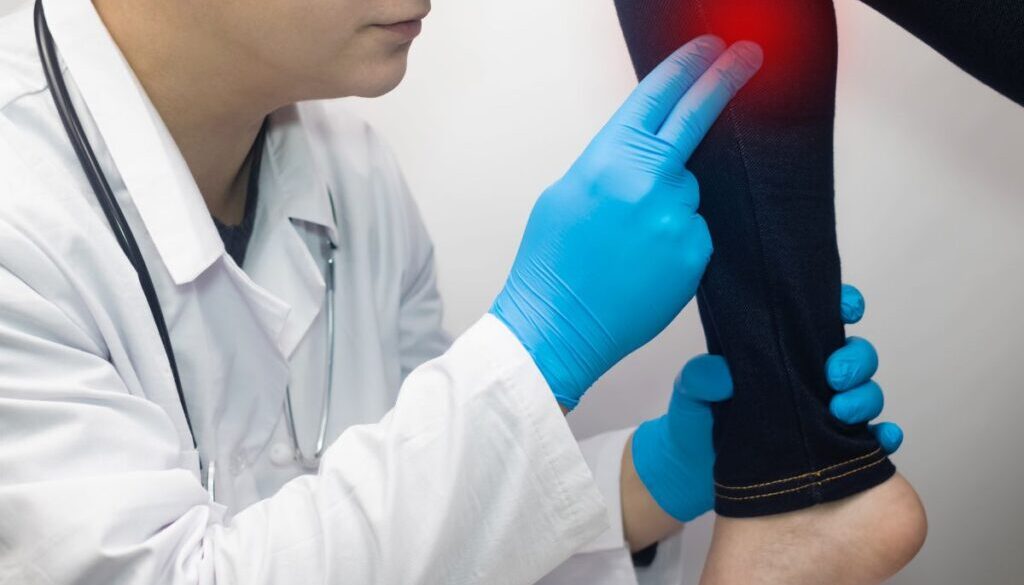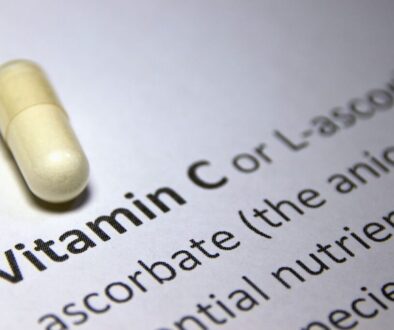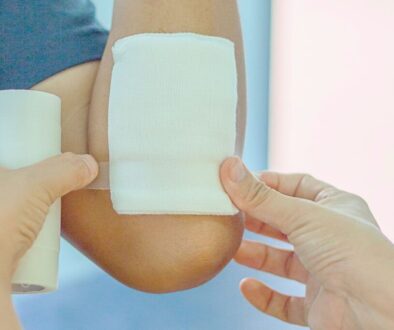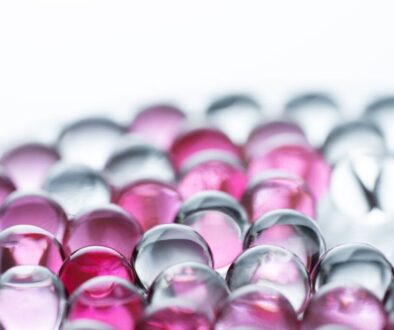How Proper Skin Ulcer Treatment Can Transform Your Healing
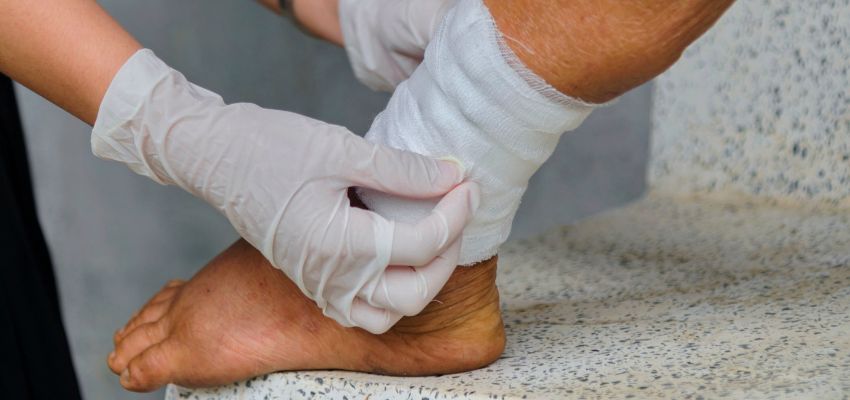
Proven Methods For Effective Skin Ulcer Treatment
Explore proven and effective methods for treating skin ulcers and accelerating the healing process below:
Compression Therapy
Compression therapy is widely considered the gold standard in venous ulcer treatment. Enhancing blood circulation in the legs, reducing swelling, and promoting tissue repair play a vital role in healing. Common options include:
- Compression stockings. Worn daily to prevent blood from pooling in the veins.
- Unna boots. Zinc-infused bandages to support and accelerate the healing process.
- Compression pumps. It’s ideal for more severe cases, offering extra assistance in enhancing blood flow.
Wound Care And Dressing Options
Effective wound care includes the following essential steps:
- Cleansing the wound regularly to prevent infection and maintain a healthy healing environment.
- Specialized dressings designed to promote healing and protect the affected area are applied. Hydrocolloids, foam dressings, or amniotic membrane allografts can be customized to suit the wound’s type and size.
- Performing debridement involves removing dead tissue. This helps stimulate healthy tissue growth and supports healing.
Treating Infections And Supporting Healing
If an ulcer becomes infected, doctors may recommend antibiotics to manage the infection. In severe or chronic cases, advanced treatment may be needed. These can include skin grafts or vein surgery. They help close the ulcer and lower the risk of it coming back.
Lifestyle Changes And Home Care Tips
Simple, consistent adjustments to your daily routine can significantly enhance the healing process:
- Keep your legs above heart level for at least 30 minutes daily. This helps lessen swelling and promotes better blood flow.
- Stay active to improve circulation, but avoid sitting or standing for long periods.
- Follow a balanced diet packed with nutrients like protein, vitamin C, and zinc to support faster wound healing.
- Quit smoking, as it hinders circulation and slows tissue repair.
Incorporating these methods can effectively treat skin ulcers and support your body’s natural healing process.
When To Seek Medical Attention
Certain signs indicate that an ulcer needs urgent medical care:
- Rapidly increasing pain or swelling
- Pus or a foul-smelling discharge coming from the wound.
- Redness spreading from the ulcer, which could signal an infection
If you notice these signs, see a doctor right away. Early action ensures effective treatment.
What To Expect At A Specialist Appointment
During your visit, a healthcare professional will thoroughly evaluate the ulcer. This may include using diagnostic tools like a Doppler ultrasound to analyze the blood flow in your legs.
Treatment options may consist of compression therapy and advanced wound care. Addressing underlying health issues, like poor circulation, is also essential. These steps help promote healing and prevent recurrence.
Frequently Asked Questions
How long does it take for a skin ulcer to heal?
With proper care, minor skin ulcers can heal within a few weeks, while more extensive or chronic ulcers may take several months. Following medical advice consistently and adhering to treatment plans can significantly speed up recovery.
Can skin ulcers heal on their own?
Most venous ulcers require medical intervention to heal effectively. They rarely resolve independently, mainly if underlying issues like venous insufficiency are not addressed.
Are skin ulcers a sign of a more serious condition?
Venous ulcers often indicate underlying health problems such as poor circulation or vein disease. Identifying and treating these conditions is essential to avoid further complications.
How can I prevent skin ulcers from recurring?
Wear compression stockings daily to lower the risk of recurrence. Stay physically active and elevate your legs regularly. Talk about any potential underlying health conditions with your doctor.
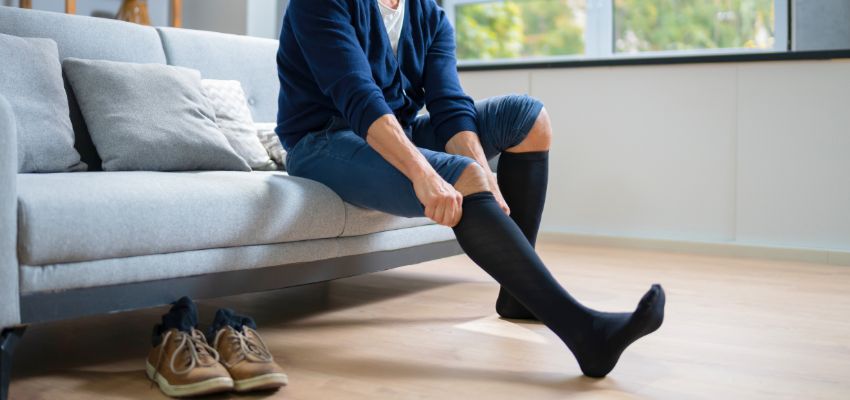
Take Charge Of Healing: The Power Of Timely Treatment
Healing venous ulcers requires timely treatment, consistent care, and preventive measures. Combining compression therapy, a healthy lifestyle, and professional skin ulcer treatment can significantly aid recovery. Understanding venous ulcers and their treatment empowers you to take charge of your health. By acting early and staying proactive, you can reduce risks, maintain mobility, and enhance your quality of life.
Are you dealing with a venous ulcer or noticing the signs? Don’t wait—take action now! Early care is key to a faster, better recovery. DonorCure’s amniotic membrane allografts offer an advanced treatment option, promoting healing and improving outcomes on your journey to recovery.
Heal Ulcers, Burns, & Surgery Wounds With Break-Through Amniotic Allograft Treatments
Experience the future of wound care with our advanced amniotic allograft treatments. Say goodbye to slow healing. Our innovative solutions promote faster recovery from pressure wounds, ulcers, burns, and surgical wounds. Trust the power of science for your healing journey. Regain your comfort and health today! See if you are eligible for treatment here.

About The Author
Corinne Grace is a full-time writer living in the Philippines. She has a nursing degree from Riverside College. Her background in nursing informs her perspective, allowing her to weave in themes of health, empathy, and resilience into her work.
